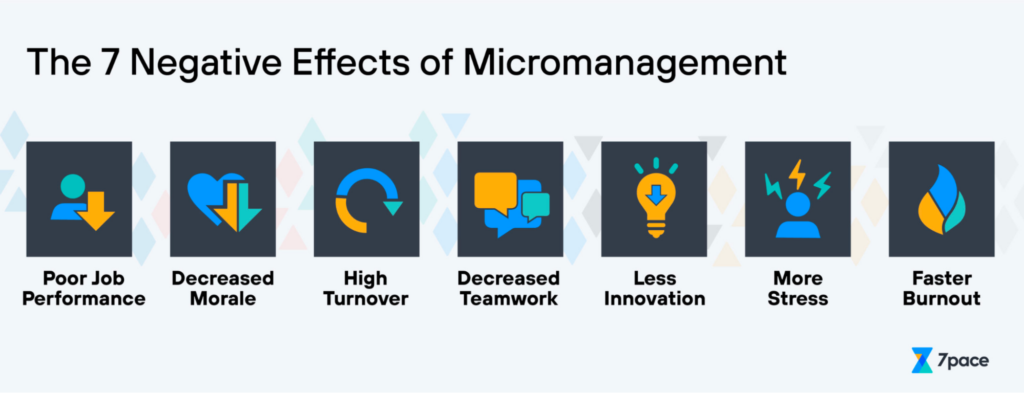3 Not-So-Obvious Mistakes that Ruin Your Project Management Strategy
No matter how big or small your company is, getting tasks done is a lot easier if you have a formal structure in place. Thanks to project management tools, it’s now super easy to give structure to tasks as simple as ordering new printer paper to those as complex as leading a sales team.
And while the number of project management tools has been growing daily, the one thing that hasn’t changed is the human element. It’s as easy as ever to make mistakes that no tool in the world can fix.
Here are our top mistakes that you may be making in your project management strategy and how to fix them.
Scope creep
You may have heard of the term before but you don’t know what it means. Scope creep is when you agree on a certain project under certain conditions, and then you start working, only to realize that there’s no way to achieve what you promised.
For example, I’ve had many situations where I agreed on writing a set of blog posts for a client in a period of one month. When the work starts, the client asks for new sections, images, product comparisons, keyword optimization, and all of that with four different rounds of revisions.

This happens in project management too – you promise to deliver a certain amount of work in a certain amount of time and conditions change – which is normal.
To avoid scope creep, make sure you analyze the entire situation before the work starts. What changes could happen, who will do the work, what the manager (client) might ask for, and anticipate this in advance.
If you need 7 days to get the work done, state that you’ll finish in 10. If you do end up finishing in 7, you’ll look great in the eyes of your manager or client. If things get complicated, you’ll have 3 days of room to work with.
If you’re pitching potential clients, it’s a good idea to lay out all the details in your business proposal before the work starts. That way, they know exactly what they get and they’ll sign for those conditions too. A great proposal template helps a long way here.
Lack of metrics to measure success
What gets measured, gets improved. As a project manager, you’ll often consider a completed project a good one and leave it at that. After all, if the task is complete, there’s no need to look into it further, right?
In reality, it’s much better if you keep things under control.
One of the keys to our great internal organization is that everyone gets their own set of KPIs for success, on the level of the:
- Company
- Department
- Team
- Individual employee
That way, everyone has a set of common targets to reach but they also have their own personal goals for which they are most responsible. If the targets at the very top level of the company don’t get hit, you can look from the top to bottom to see where the bottlenecks are and how to remove them.
Micromanaging a team of experts
As a project manager, you should know the strengths and weaknesses of your team. Before each new project, you should have a good idea of who the right person is for a job so it can be done quickly and efficiently.
Once the job starts, the worst possible thing that you can do is check into progress with your team members every once in a while, just to make sure that they’re doing their job. Once you start micromanaging, you risk upsetting your teammates and actually slowing the progress down instead of doing the opposite.

There are two key conditions for preventing micromanagement.
The first one is hiring great people and assigning the right people for the right job. If you know an expert is working on a task, there is no need to check their work diligently.
The second condition is setting realistic goals and following up on them as the job is complete. For example, we have a designer whose goal for the week is to finish up 4 pages within one workweek. Instead of checking daily on the mockups, we just check on Friday if the work is done and whether they need some extra time or help.
While remote work and the lack of a physical office have made micromanaging more difficult, there are still ways it can happen. Thanks to a variety of messaging and project management tools, it’s easy to go overboard in monitoring employee progress. Simply let great people do great work and worry about the results.
Inefficient communication
I realize that this can be a broad term, but hear me out. Communication is one of the foundations of great project management, and the diversity of communication channels nowadays is a blessing and a curse at the same time.
On the one hand, you can send someone a Slack message, email them, send them a voice message, tag them in a Trello card or Notion, assign them something in Google Docs… You name it.
On the other hand, trying to find a message in all those channels becomes a nightmare. We faced two issues:
- Finding who sent a message and where
- Determining what the most important messages were
To prevent this from happening, we agreed on a set of rules. We determined which channels will be used for what type of messages and who the stakeholders are.
The most important internal messages go in Slack as announcements. Task-related messages go in our project management tool while important customer-facing messages go in emails. Chit-chat and informal communication go in personal Slack messages and channels.
This saves a ton of time and makes it much easier to manage projects. We know when a notification comes in how urgent it is and what needs to be done about it. Moreover, we know immediately where to look for a message if we need it for reference. With unified communications becoming omnipresent, effective communication will become crucial in the future.
Wrapping up
On the surface, it may seem like managing projects is easier than ever before. With a (mostly) remote workforce, great talent from all over the world, and a variety of tools to use, it appears that project management is a walk in the park. Regardless of how advanced the tools get, it’s important to keep in mind that you’re working with humans at the end of the day. This is how you’ll avoid the biggest project management strategy mistakes easily.
Author: Mile Zivkovic; Better Proposals
Photo by Ross Sneddon on Unsplash
The post 3 Not-So-Obvious Mistakes that Ruin Your Project Management Strategy appeared first on noupe.
